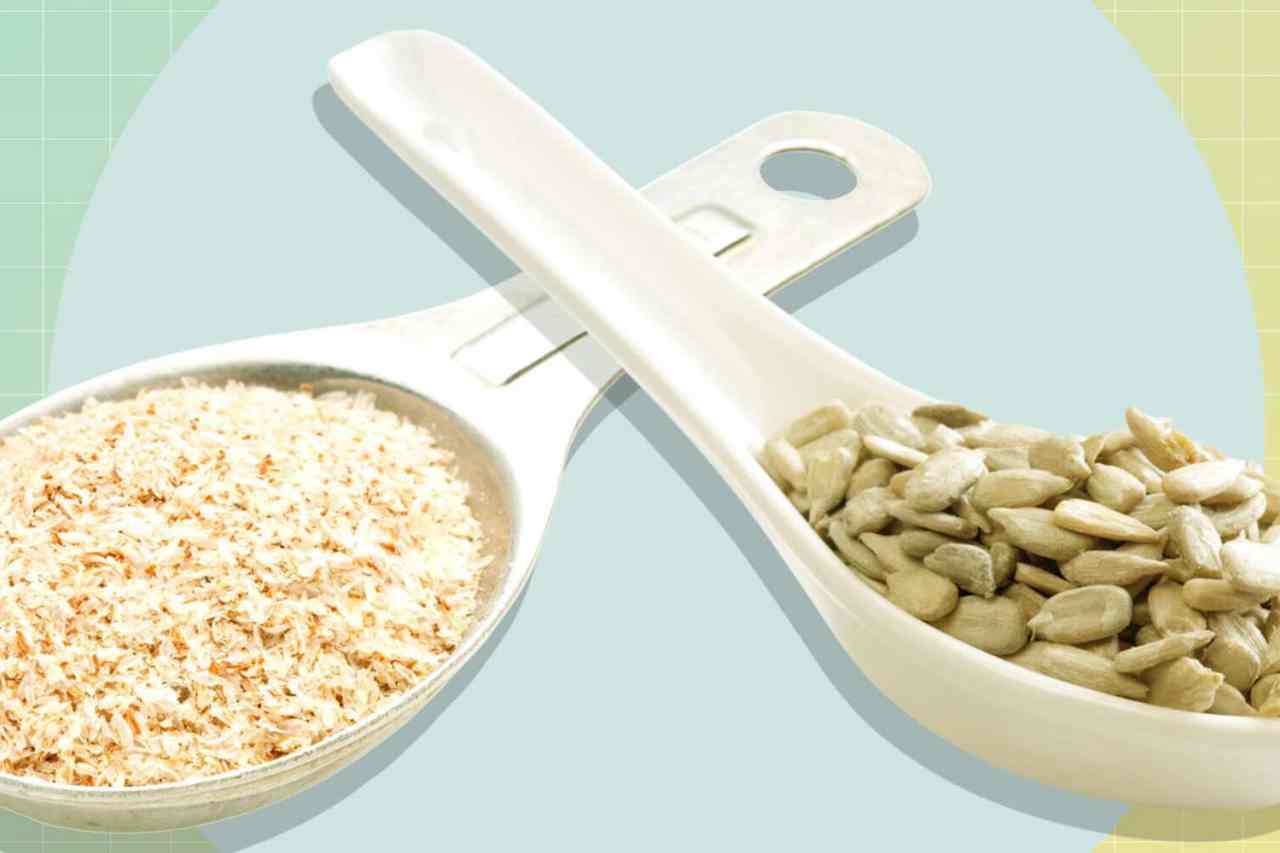
Fiber is a type of do-it-all vitamins that the majority of us aren't getting sufficient of. Over 90% of adults in the USA don’t eat sufficient fiber every day, regardless of its well being advantages, in response to the Dietary Pointers for Individuals.
Current primarily in crops—greens, fruits, complete grains, legumes, nuts and seeds—fiber is a sort of carbohydrate that's primarily undigested and passes via the digestive tract. Fiber is available in two varieties: soluble and insoluble, which each present distinct advantages.
Associated: 5 Straightforward Methods to Eat Extra Fiber
Most plant-based meals include each varieties of fiber in various quantities. Analysis reveals that collectively, soluble and insoluble fiber type a mighty staff to help a wholesome intestine and scale back the danger of persistent situations, equivalent to diabetes, coronary heart illness and a few varieties of cancers. Bulking up your weight loss program with fiber has additionally been discovered to help weight reduction.
It's clear that getting extra fiber is an efficient purpose. So if you wish to improve your fiber consumption, learn on to be taught in regards to the variations between soluble and insoluble fiber and what meals comprise every sort of fiber. (Trace: Don't peel your apples.)
What’s soluble fiber?
Soluble fiber is a sort of fiber that absorbs water, forming a gel within the digestive tract and making stools simpler to cross.
Advantages of soluble fiber
Due to its potential to soak up water and swell up, soluble fiber helps decelerate the digestion of carbohydrates—and different vitamins—stopping sudden spikes in blood glucose ranges. This slower digestion additionally assist to maintain you feeling fuller for longer, which is very useful on the subject of weight reduction.
The viscous soluble fiber might decrease your ldl cholesterol degree by performing like a sponge that binds to ldl cholesterol and fats in your meals, carrying them out of your physique via your stools.
And that's not all: A research within the journal Diet, Metabolism and Cardiovascular Illnesses additionally famous that soluble fiber may decrease blood stress. That's partially as a result of consuming meals with this fiber improves satiety, which may result in weight reduction and decrease blood stress.
When you reside with irritable bowel syndrome, consuming soluble fiber might assist handle your signs, equivalent to diarrhea and free stools, by making your stools extra dense. You probably have IBS, remember to add fiber to your weight loss program slowly—an excessive amount of, too quickly might trigger much more misery. And consuming sufficient water alongside your fiber helps, too.
What meals have soluble fiber?
You’ll find soluble fiber in a variety of plant-based meals, equivalent to:
- Legumes: break up peas, beans, lentils, edamame
- Entire grains: oats, barley
- Greens: Brussels sprouts, candy potatoes, carrots, peas
- Fruits: oranges, avocados, apples, pears
- Seeds: psyllium, chia, flax
What’s insoluble fiber?
Opposite to soluble fiber, insoluble fiber is simply what it seems like—a sort of fiber that’s not doesn’t take in water. Relatively than forming a gel-like soluble fiber, insoluble fiber provides bulk to the stool and attracts water to the colon, making stools gentle and simple to cross.
What meals have insoluble fiber?
Insoluble fiber is the robust and chewy components of greens and fruits, equivalent to apple skins, carrot peels, broccoli stems and asparagus stalks. Along with being present in produce, you may also discover insoluble fiber in whole-grain breads and cereals, wheat bran, oat bran and nuts.
How a lot fiber must you eat daily?
There are not any particular suggestions on the quantity of every sort of fiber you must eat every day. The newest Dietary Pointers for Individuals recommends each day fiber consumption primarily based on age and gender. If you’re pregnant, your fiber wants additionally change.
Usually talking, aiming for 25 grams a day is a superb purpose and 30 grams or extra is even higher.
Girls:
- Ages 19 to 30: 28 grams
- Ages 31 to 50: 25 grams
- Over age 50: 22 grams
Pregnant Girls:
- Ages 19 to 30: 28 grams (first trimester), 34 grams (second trimester), 36 grams (third trimester)
- Ages 31 to 50: 25 grams (first trimester), 31 grams (second trimester), 34 grams (third trimester)
Males:
- Ages 19 to 30: 34 grams
- Ages 31 to 50: 31 grams
- Over age 50: 28 grams
Having fun with a variety of fiber-rich meals ensures you eat each varieties of fiber. As an alternative of meticulously monitoring fiber consumption, take note of the indicators that you just could be getting an excessive amount of or too little fiber.
Associated: 12 Meals with Extra Fiber Than an Apple
Signs of consuming an excessive amount of fiber embrace gasoline, bloating and belly cramps. However, you may grow to be constipated, have issue in passing stools and develop hemorrhoids if you eat too little fiber.
Backside line: So, what is the distinction between soluble and insoluble fiber?
Briefly, soluble fiber varieties a gel and acts as a sponge to assist eliminate fats and ldl cholesterol, whereas insoluble fiber bulks up your stools. Each varieties of fiber are important for supporting a wholesome digestive system and total wellness. Keep in mind, should you're growing your fiber consumption, additionally improve your consumption of fluids, equivalent to plain water, to help wholesome digestion.

